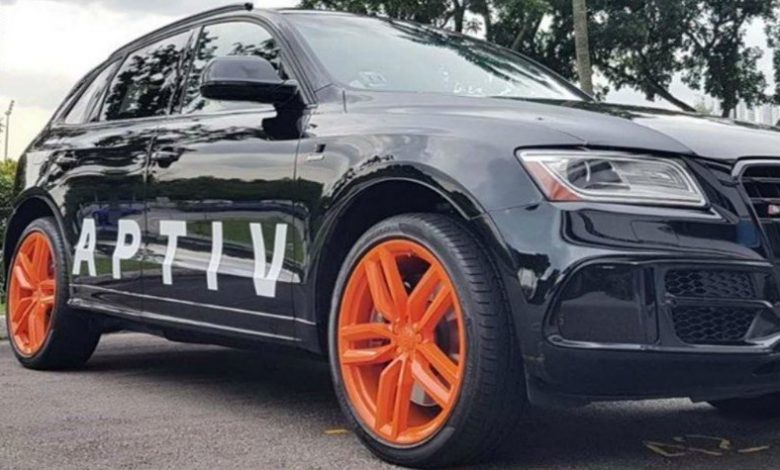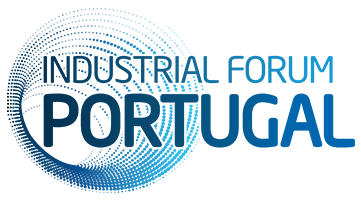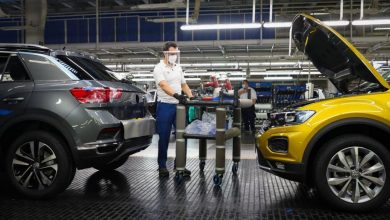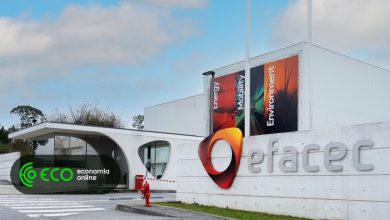
Aptiv poised to deliver the first steps toward hands-off autonomy
We are not basing anything on hopes. We are trying to be realistic. So, when it comes to Europe, clearly the focus is not Level 4 or 5 [fully autonomous systems] but on more Level 2 to 3. We are working on several programs with European customers.
When will European lawmakers allow hands-off automated highway driving?
No.
It’s across the region. Also, Europe is not the only region that is working on Level 3. We see the same in the U.S. and China.
Does Aptiv work with the authorities when it comes to legislating Level 3 or do you leave that to your customers?
We are actively involved in discussing this with regulators but certainly more alongside the automakers. Aptiv splits its business between the advanced safety and user experience division and the much larger signal and power solutions unit.
On the advanced safety and UX side, which technologies brings in the most income?
Active safety is growing faster than user experience right now.

MEET THE EUROPE BOSS
NAME: Michael Gassen
TITLE: Aptiv President of EMEA & Russia; Senior VP of Sales
AGE: 62
MAIN CHALLENGE: Helping automakers deliver Level 3 autonomy by 2021.
What do you include in UX?
Integrated cockpit systems or infotainment technology. We have launched gesture control with BMW. When we talk about user experience, we also mean enhancement of safety inside the cabin. For example, monitoring the driver [for alertness in Level 3 autonomous applications].
Aptiv’s signal and power systems business is your biggest money maker in Europe. Will advanced safety and UX eventually overtake it? If so, when?
We are growing in active safety and UX, but we also continue to grow on the power and signal distribution side. It plays a big role for us. We have a lot of solutions that enable our customers to electrify their vehicles, leading to huge demand. We have seen 40 percent growth in high-voltage solutions globally. And, of course, Europe is a big part of that with what’s coming in terms of battery-electric vehicles to comply with the new CO2 regulations.
EU rules will require a lot more active safety features by 2022. How much extra business will this provide?
Revenue in active safety grew 25 percent globally in the third quarter of last year, and that will continue. Regulation drives additional content, of course, but the other thing we see is that once the consumer has experienced active safety systems, they really don’t go backward. They want it again and they want it to be even better.
What does Europe contribute to Aptiv’s global business in terms of developments on the advanced safety and UX side?
The headquarters of the advanced safety and UX division is based in Germany. That means the unit’s president, David Paja, is with me in Wuppertal, which is a very important tech center that is embedded in our global network and plays a significant role in the global development for certain aspects of active safety. We have 900 people in Wuppertal, 67 percent of them are systems and software engineers.
What specific aspects do you focus on in Germany?
We have a strong team working on enhancing the capabilities of perception systems using artificial intelligence. That being said, we operate in the global environment, so, if our engineers have a problem in Germany this morning, they put the problem into the online tool that we have. Somebody in the U.S. might see this and provide an idea on how to solve it. That’s how we work. We are completely agile, completely virtual and we work around the clock.
What is Aptiv’s focus at this month’s CES show in Las Vegas?
It’s a smart vehicle architecture. Vehicles are going to fundamentally change in terms of their electric architecture in the next few years.
Aptiv has moved its work on Level 4 and 5 autonomy into a 50-50 joint venture with Hyundai. What does that mean for Aptiv in Europe?
I don’t know if there would be any regional relevance. It’s just great for us in general because Hyundai is a big player in Europe.
Aptiv has 33 manufacturing sites in Europe, mainly in the east. You shut a plant in Romania last year and your annual report talks about further restructuring. What does that entail?
If you compare us to what others are announcing right now in Europe these are small adjustments. These are not major restructuring activities. We have continued to focus on our cost structure, so we are not like the companies that waited until the crisis arrived or production volumes went down. It’s just a continuation of things that we do in terms of adjusting our footprint.
How much exposure do you have to internal combustion engines now?
Font: Automotive News Europe





